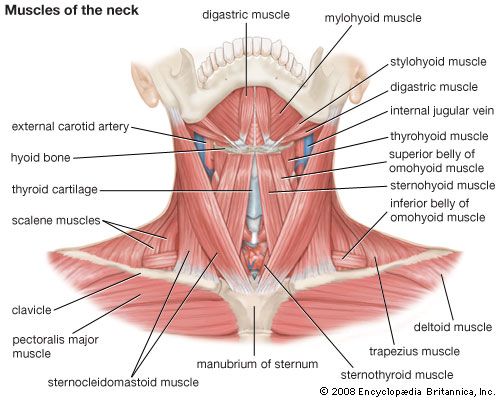Myofascial pain syndrome is characterized by acute pain due to deep inflammation of the connective tissue covering a single muscle or multiple muscle groups.
Myofascial pain syndrome can affect the temporomandibular system with severe pain in the muscles used during the chewing phases, in the jaw and which can extend to the head and neck.
Dental problems and myofascial pain syndrome
Inflammation of the connective tissue is due to excessive tension, spasm or fatigue of the chewing muscles.
The result is: a stiffness of the muscles, abnormalities in the mobility of the jaw and severe pain even when pressing certain areas of the face, such as the cheek or neck.
Pain also occurs when the muscle is at rest.

The main causes of inflammation of the connective tissue
The main causes of myofascial pain syndrome include:
- bruxism;
- trauma or accidents;
- chewing overload;
- incorrect posture;
- sedentary lifestyle;
- anxiety and stress.
Treatment for myofascial pain
Standard therapy for the treatment of myofascial pain syndrome includes:
- analgesics;
- light anesthetics;
- dental splints;
- taking mild anxiolytics;
- rehabilitation physiotherapy.
Recently, however, a new technique has been evaluated for the treatment of inflammation of the connective tissue, it is an intramuscular injection of collagen to promote muscle regeneration.
This new technique was pioneered by researchers from the Department of Temporomandibular Disorders of the University of Katowice, Poland, in collaboration with the Department of Experimental Dentistry of the University of Wroclaw, Poland.

A new therapy for myofascial pain syndrome
The trial was carried out on 50 patients aged between 18 and 80 years with myofascial pain syndrome diagnosed according to the diagnostic criteria for temporomandibular disorders.
The effectiveness of the therapy was assessed after 7 days of treatment and after 14 days by following the following parameters:
- the reduction of perceived pain measured according to the VAS visual analog scale;
- the surface myoelectric activity detected by surface electromyography.
Data showed that intramuscular injection treatment can reduce pain intensity by approximately 50%. According to the researchers, this result is due to the fact that the injected collagen molecules help produce an extracellular network that helps to keep the myocytes in the correct position and therefore promote the regeneration action of muscle tissue.
It was also evident that only two injections are sufficient to achieve a significant effect on pain treatment and that no adverse events were reported during the study.
















